Imported vs Native Ingredients Impact on Flavors
39 min read Explore how imported staples and native produce shape Vanuatu’s flavor profiles, cooking methods, and cultural identity, with insights on balance, sustainability, and honoring kastom in modern kitchens. October 18, 2025 07:05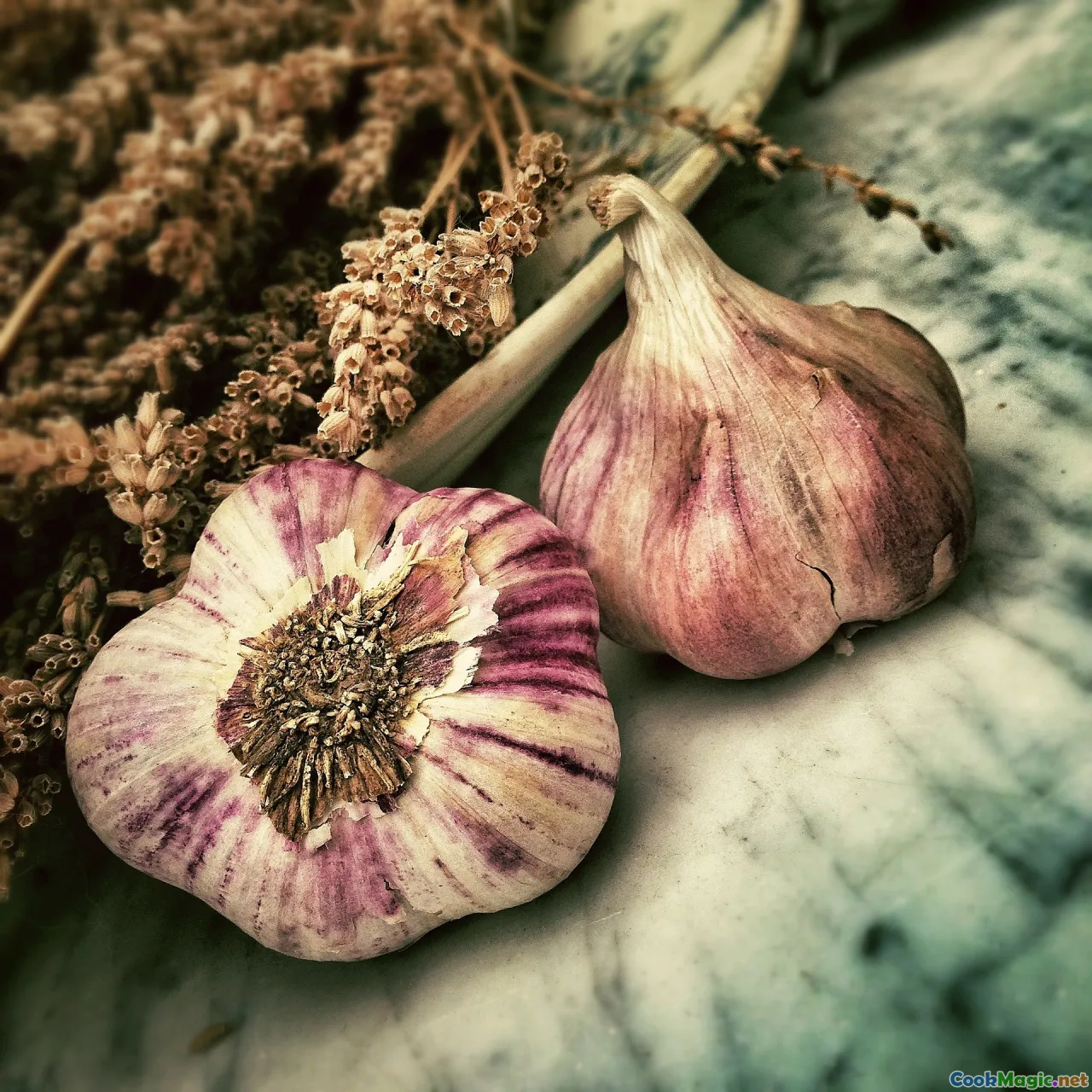
The first time I walked through Port Vila’s central market with a fresh breadfruit tucked against my hip, the air smelled of warm coconut and wet earth. It had rained—one of those brisk island sweeps that leave everything lacquered and bright—and the banana leaves on the produce tables shone like polished jade. Women in floral dresses leaned over mounds of taro and yam, weighing them by feel, their hands as fluent with roots as a guitarist’s with strings. Somewhere nearby, someone had just opened a young coconut; the crack was sharp, the fragrance milky. A boy ran past with a paper bag of hot tuluk, that ni-Vanuatu marvel of pork sealed inside starchy, grated cassava and baked in a leaf-wrapped parcel. I bought one and tore it open. Steam rose. The cassava was elastic and slightly chewy, the filling salty-sweet with fat, and the whole thing tasted, to me, like the island’s heartbeat.
What gave that tuluk its power? Some of its muscles were ancient: coconut and banana leaves, techniques as old as the stories told beside evening fires. Some of its sinew was imported: cassava is originally from South America, a colonial stowaway that turned essential. Vanuatu’s food is not a static dictionary of ‘native’ flavors. It’s a conversation—sometimes tender, sometimes loud—between what grew here, what voyaged here, and what the people chose to fold in.
In this piece, I’m not just testing flavors; I’m listening to them. Imported versus native ingredients are more than labels; they are stars and currents pulling the meal into new tides. The stakes are not only culinary. They’re emotional, historical, and personal. They’re the taste of land and sea, and the echo of a ship’s bell.
The taste of land and sea: native staples of Vanuatu

Native staples in Vanuatu—or more precisely, the ingredients that took root here long before the modern world’s freight schedules—shape a palate that is mineral, milky, and quietly lush. Think taro with its violet streaks, yielding to a gentle chew; yam with a dignified starchiness, a slow bloom of sweetness; breadfruit that roasts to a crumbly interiorscape of chestnut and toast. The cathedral arch that supports them all is coconut: young coconut water light as a bell chime, grated flesh fluffy and snow-like, pressed cream thick as soft wax, everything inflected by the plant’s salty breath from growing near the sea.
In villages across Santo, Tanna, Malekula, and Ambrym, food is coaxed from earth ovens: hot stones raked from fire and dropped into a shallow pit, banana leaves layered like green quilts to cradle the day’s feast. Inside that cradle, grated taro laplap drinks coconut cream until it swells, the leaves fragrance it with a mossy green perfume, and the stones urge smoke into the folds. Everything emerges with a gloss that looks like resin and feels like generosity.
When I first helped prepare laplap in a village outside Luganville, an elder guided my hands as if he were teaching me to write my name. We grated breadfruit until the bowl was a soft heap, salted it with a careful pinch, then poured on coconut cream stirred with a carved wooden spoon. He pressed the mixture onto banana leaves, smoothing it with the flat of his palm in concentric circles, murmuring about the thickness—too thin and it goes rubbery, too thick and it turns gluey. Into the earth oven it went, and when it came out, it was slick and tender, slathered with more coconut cream that smelled faintly of smoke and fern frond.
Native—or deeply embedded—ingredients shape this food’s cadence: a pace slow enough for the flesh of roots to open up, swift enough for fish pulled from the brine to reach the fire still wearing the sea. Island cabbage (aibika) wilts to silk; wild ferns taste of shadowy ravines and carry a delicate, cucumber-cool snap. Nangai nuts, with their buttery, faintly resinous tone, add a woodland whisper. The flavor is never loud. It is devotional.
Colonial ships and market shelves: how imports arrived
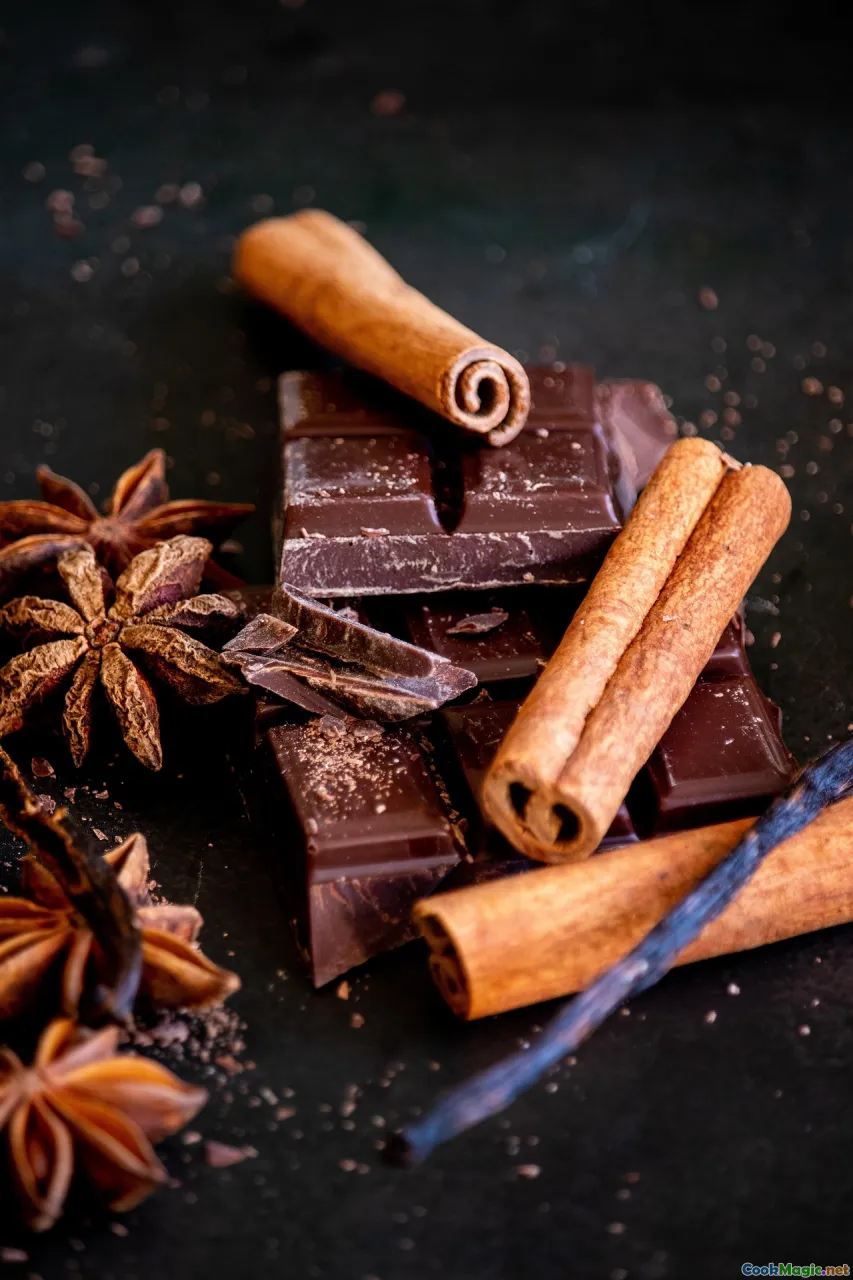
The history of imports in Vanuatu is not simply supply-chain trivia; it is the story of power, survival, and improvisation. The Anglo-French Condominium administration brought contradictory legal systems and converging appetites. Ships came with flour and tinned fish, with corned beef, with wine and vinegar, with cocoa seedlings, vanilla vines, coffee shrubs that would later find a home in Tanna’s volcanic slopes.
Imported ingredients reshaped what cooks could do, sometimes out of want, sometimes out of curiosity. Canned mackerel slid into kitchens as both convenience and novelty—an oily brightness that could be folded into laplap for protein when pigs were saved for ceremonies. Wheat flour offered a texture island roots couldn’t provide: stretch, lift, crackle. Now, in Port Vila, you can buy a baguette that snaps to shards beneath your teeth, then sit down to a plate of island fish in coconut cream. At L’Houstalet, a French-inflected institution, Santo beef comes glossed with pepper sauce, a marriage of Vanuatu’s pasture and a Parisian palate.
Not every import is French, not every influence colonial. Chinese groceries in Vila sell soy sauce and sesame oil, adding new edges to stir-fries of chayote and aibika. Chili—an American plant that became global—found a ready home on local tongues; a few drops of its fire wake up starchy roots. Tinned tomatoes paint a quick stew scarlet when the garden is thin. The market shows it all: bananas and breadfruit shoulder to shoulder with sacks of rice.
These imports are not intruders so much as additions to an orchestra. Their impact on flavor often moves in arcs of salt and acid, of crisp and chew, of quick heat. They don’t erase the native notes; they re-key the whole song.
Flavor architectures: what native ingredients do to the palate

Ni-Vanuatu plates built from native ingredients tend to whisper and linger rather than shout. The architecture is wide and low, like a well-built fale: generous foundation, open to breeze, breeze full of coconut.
- Texture: Starches like taro, yam, breadfruit, and green banana create a canvas that is dense yet tender. Their starch granules swell and relax when cooked gently, giving you softness that resists just enough—what the Japanese might call mochi-like, but without the sticky stretch.
- Fat: Coconut cream is the principal enriching medium. Because it is plant-based, its fat feels light on the tongue compared to animal tallow. It delivers sweetness and a delicate coconut perfume that deepens when touched by smoke.
- Aroma: Banana leaf wrapping contributes a wet-green scent; think of fresh-cut grass after rain, but sweeter, fused with the orchard notes of coconut.
- Umami: Fish cooked bare or with little more than salt and coconut finds its umami through freshness and smoke rather than fermentation or aged proteins. Crabs, clams, and reef fish lend their own sea-washed glutamates.
What’s notably restrained in this architecture is sharp acid, sugar spikes, and heavy Maillard browning. The baking and roasting we encounter in earth ovens brown gently, more of a kiss than a sear. So the flavor palette leans toward harmony: sweetness from starch and cream, soft smoke, and a mild minerality from roots and greens.
When you take one slow bite of laplap—say, a breadfruit version topped with island cabbage—it falls into layers: a nutty base, a creamy midsection, a top note of steamed-herb. Nothing pokes, nothing needles. It’s a hammock of a dish.
The imported palette: salt, acid, crunch, and heat
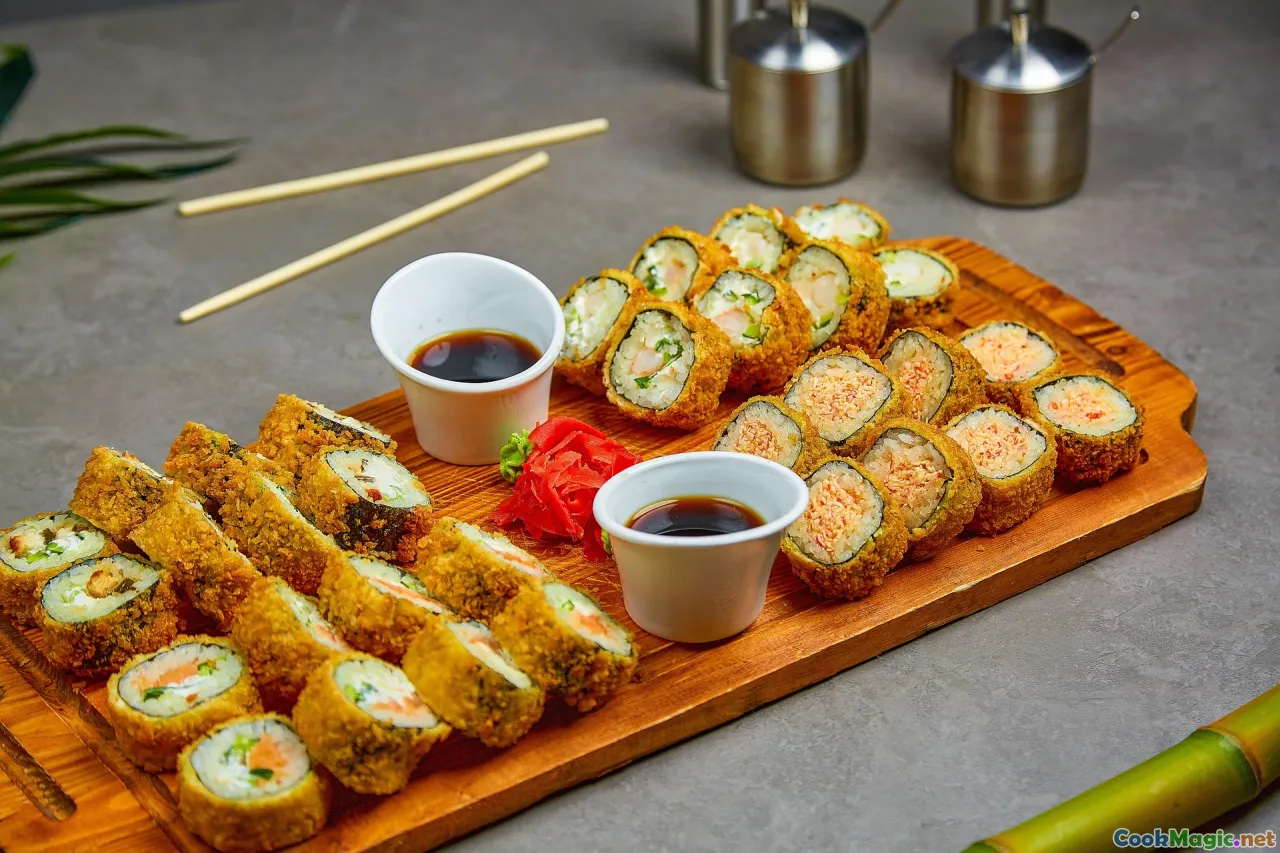
Enter the imports and watch how the palate pivots. If native flavors are a lagoon, imported flavors can be the surf that patterns its edges.
- Salt: Tinned corned beef and fish introduce heavy salt and cured meat umami. A spoonful of corned beef melted into sautéed greens transforms them, adding a savory bass line that anchors the dish quickly.
- Acid: Citrus made its way to Vanuatu and stuck. Lime squeezed over grilled fish lifts everything, cutting through coconut fat like a sharp laugh in a quiet room. Vinegar, too—rice vinegar from Asian shops, white vinegar from supermarkets—gives instant brightness that you don’t find in root-and-coconut foundations.
- Crunch and chew: Wheat flour and baking powders bring breads, doughnuts, pancakes, and fried batons with crisp edges—a textural contrast to the soft lushness of roots. Even a simple roti-like flatbread adds chew and that toasty wheat aroma.
- Heat: Chili slices through sweetness and fat; curry powders brought by Indian and Southeast Asian influences create warm, familiar arcs of turmeric, cumin, coriander, and mustard seed.
- Fermented notes: Soy sauce provides deep umami and salt in one splash, shaping quick stir-fries and sauces into something more explicitly savory.
These elements change the dynamics: a plate of taro can become thrilling with a splatter of chili-lime dressing. Sinting a laplap with tinned mackerel adds oily richness and a metallic saltiness that sets the coconut cream shimmering in new ways. A fried breadfruit chip cracks loud in your mouth, its browned edges giving you the flavor of caramelized starch that a steamed breadfruit won’t.
The key is that imported flavors sharpen and intensify; native flavors ground and enfold. Together, they can create chorus.
A tale of two laplaps: native vs imported variations

Laplap is more than a dish; it’s a map of a people’s taste. Let me offer two versions I cooked with friends in Port Vila to understand the impact of ingredients.
Laplap A: Breadfruit, coconut, island greens.
- Grated breadfruit pressed onto banana leaves, salted minimally.
- Thick coconut cream whisked with a little grated ginger (grown here for generations, its perfume citrusy and clean).
- Island cabbage (aibika) blanched, squeezed, and chopped, then layered over the breadfruit.
- Wrapped snugly in banana leaves, baked over hot stones, finished with a drizzle of fresh coconut cream.
Result: It tasted like a rain-cooled afternoon. Soft, almost custard-like breadfruit; coconut that felt like silk slipping over the tongue; a gentle brassica tone from the greens without any bite. The smoke folded in quietly, a memory rather than a headline. The overall impression was serene, soothing, nourishing like a lullaby.
Laplap B: Cassava, tinned mackerel, curry powder, lime.
- Grated cassava (an import turned indispensable) spread over banana leaves, salted a touch more than Breadfruit Laplap because cassava’s neutral taste appreciates vigor.
- Mixed in: tinned mackerel broken into flakes, a teaspoon of curry powder, and chopped spring onion (imported seed but widely grown). A spoon of coconut cream to bind.
- Wrapped tight, baked over hot stones, then served with lime wedges.
Result: A different tempo entirely. The cassava was more elastic; the curry perfumed the whole parcel with warm spice, and the mackerel’s oily salt created little gusts of oceanic intensity. Lime squeezed over the top turned everything bright. It was jubilant, a dancing dish. It asked you to wake up.
The contrast taught me something simple and profound. Native leaning laplap cherishes continuity—smooth textures, scented cream, the hush of smoke. Import-leaning laplap thrives on contrasts—spice versus cream, salt versus base, acid versus fat. Neither is ‘better’; they invite different moods. On the days I want calm, give me the breadfruit. On the days I need noise, pass the cassava and the lime.
Santo beef meets island greens: an honest marriage

If you’ve ever tasted Santo beef—the pride of Espiritu Santo—you know what imported animals can do when they settle into the right pastures and air. Cattle aren’t native here, but they walk our grass, drink our rain, and become local in muscle and flavor. The meat is clean-tasting, with a minor sweetness, especially when grilled over coconut shell charcoal.
One afternoon, I rubbed a Santo sirloin with salt and a brush of coconut oil, then grilled it hot until it showed mahogany grid marks and went rosy inside. I served it not with European butter or blue cheese, but with a sauce of coconut cream simmered briefly with spring onion, chili, and chopped nangai nuts, spooned over quickly wilted aibika.
The pairing was startlingly right. The beef’s seared exterior delivered Maillard nuttiness. Coconut cream didn’t heavy the steak as dairy cream might; it glided alongside, faintly sweet. Aibika’s vegetal silk propped up the bite without collapsing into mush, while nangai gave a quiet crunch and a resinous forest note. Chili warmed, not flamed. This was not fusion for novelty’s sake; it was an honest conversation between an introduced protein and an indigenous palette of textures and fats.
The lesson: imports can be fully absorbed into a culinary landscape when you let native ingredients set the rhythm. Instead of draping the steak with a borrowed accent, you let the island’s own basket weave around it.
Tanna coffee and cocoa: bitterness in a hammock of coconut

Some imports took root so beautifully they now taste inevitable. On Tanna’s volcanic slopes, coffee plants bear beans with a savory chocolate edge, a smoky echo of the island’s subterranean fire. Cocoa thrives too; Vanuatu cocoa is fruity, sometimes stepping toward raisin and red plum.
One night on Tanna, as Mount Yasur pulsed orange against the sky, I cooked a dessert that made the neighbors chuckle—coffee and chocolate carried in a leaf boat. I simmered coconut cream with a handful of crushed cocoa nibs (to underscore bitterness) and a little coconut sugar until it went glossy. Separately, I brewed a small pot of strong Tanna coffee, letting it sit just long enough to sigh from bitter to aromatic. I steamed slices of ripe plantain in banana leaves and then pooled the coffee and cocoa-coconut over them.
It tasted like standing barefoot on warm black sand: sweet but not cloying, bitter like a good joke, aromatic with coconut. The plantain’s velvety flesh soaked it all in; the cocoa nibs crunched faintly. Smoke rode the edges from the leaves. Imported plants—coffee and cocoa—wove themselves into native textures and fats as if they had always meant to do so.
Cocoa also works wonders in savory mode here: nubbing ground cocoa beans into spice rubs for fish or pork, mingled with local pepper and a hint of lime zest. The nibs give grit and a dark, under-bass hum, partnering with coconut oil to bloom their aroma.
The market walk: where to taste the debate

If you want to hear the argument between imported and native flavors as it exists today, put on your sandals and walk.
- Port Vila Market: In the mornings, right after rain, you’ll find piles of taro so fresh their cut ends glisten, and beside them, sacks of rice. Look for the ladies selling tuluk wrapped in banana leaves; sometimes they’ll offer both a pork filling and a tinned-fish version. A few stalls away, you can buy French bread and Australian butter, then turn around and see green bananas stacked like slim cigars.
- Luganville, Espiritu Santo: The market spreads like a cool green lap, with breadfruit, yams, and aibika in one corner, and a stall where someone’s frying cassava patties in a sputtering pan using imported oil. Wander to the waterfront for grilled fish spritzed with lime, and if you time it right, a plate of Santo beef from a roadside grill.
- Lenakel, Tanna: Where you might grab a bag of roasted peanuts (another import that wears the island well) and sip strong, sweet tea, then slip into a nakamal at dusk for a shell of kava. Kava is as local as it gets in spirit and practice; it turns the world’s noise down, and when you step back out, the yam stacks look like sleeping mountain ridges.
Eating around the markets, you can chart your plate’s passport stamps in real time. That grilled fish in coconut milk—native method, import brightness if you squeeze lime. Those cassava doughnuts—import plant, local hands, a glaze made with citrus and cane sugar. A spoon of spicy relishes made with chilies and vinegar—global flavors speaking Bislama.
How to cook the conversation at home
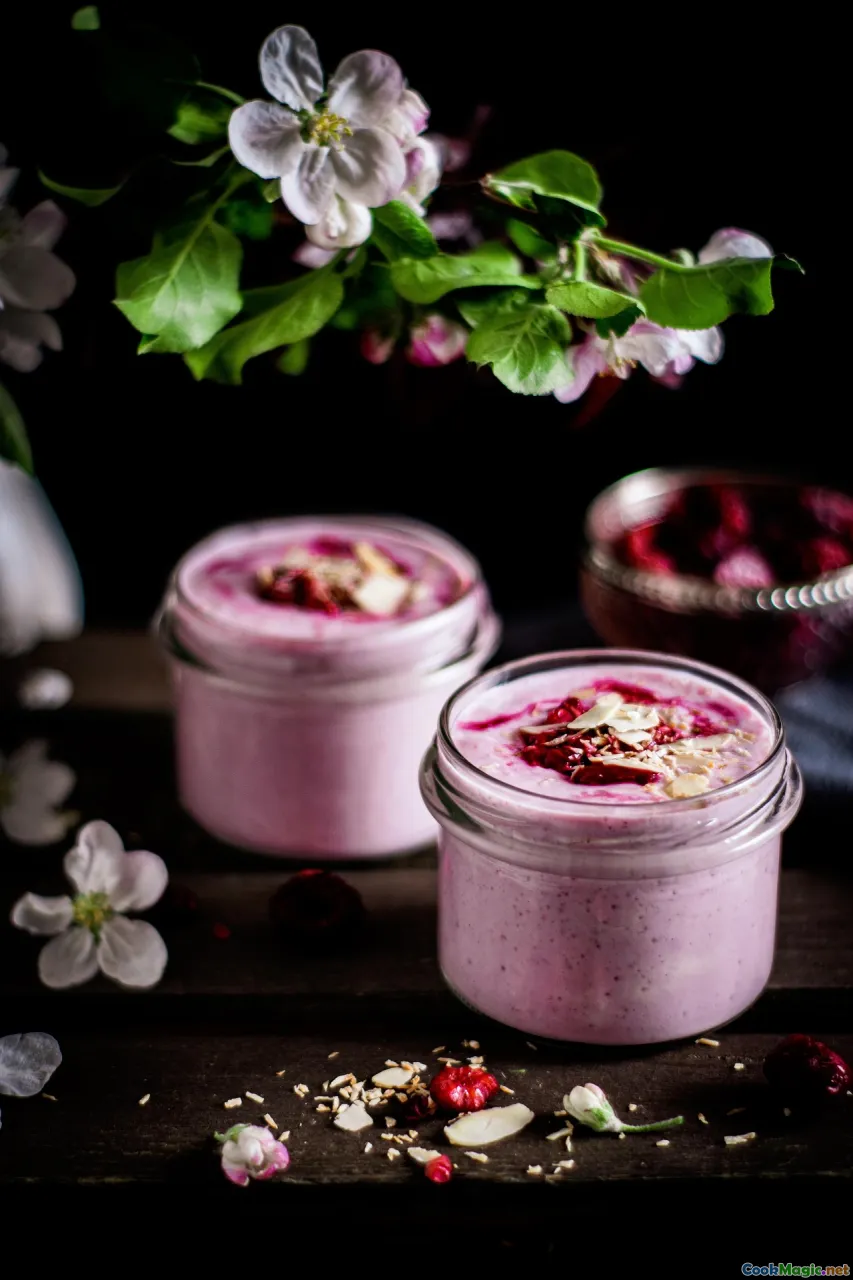
You don’t need an earth oven to understand how imported and native ingredients push and pull on flavor. Try these guidelines at home, even if your kitchen is far from Vanuatu.
- Get banana leaves: Frozen banana leaves are often in Asian groceries. They contribute fragrance and keep moisture in. Before using, pass them over a flame or hot pan to make them flexible. The aroma—wet green, faintly fruity—will matter.
- Build with coconut: Use full-fat coconut milk or cream. Don’t boil it too long or it can curdle and turn oily; simmer gently to coax sweetness and silk.
- Choose a root base: Breadfruit if you can find it; otherwise, taro or yam. If those are scarce, consider plantain or even sweet potato (not native but widely used now). Grate, mash, or slice depending on the style.
- Add a spark: Decide which import spark you want—chili for heat, lime for acid, curry powder for warmth, soy sauce for umami. Add a little and taste; you’re aiming to energize, not overwhelm.
- Use smoke or char: If you can’t build a fire, use a cast-iron skillet or a grill pan to get browning on fish, meat, or even breadfruit slices. A touch of singe imitates the earth oven’s smoky blessing.
A simple, weeknight version of island fish might be this: pan-sear a fillet in coconut oil, splash in coconut milk, add sliced spring onion, a pinch of salt, and let it simmer until just opaque. Serve with lime wedges and torn basil or cilantro if you have it (not native, but friendly). The fish will carry coconut’s caress; the lime’s zip will frame it.
For a laplap-inspired bake, grate plantain or taro, mix with coconut cream and salt, fold in chopped greens, wrap in banana leaf, and bake at moderate heat until set. Try half of it plain and half punctuated with chili or flaked tinned fish. Taste the difference side by side. Let your palate learn the island’s grammar.
Five micro-experiments to understand flavor impact
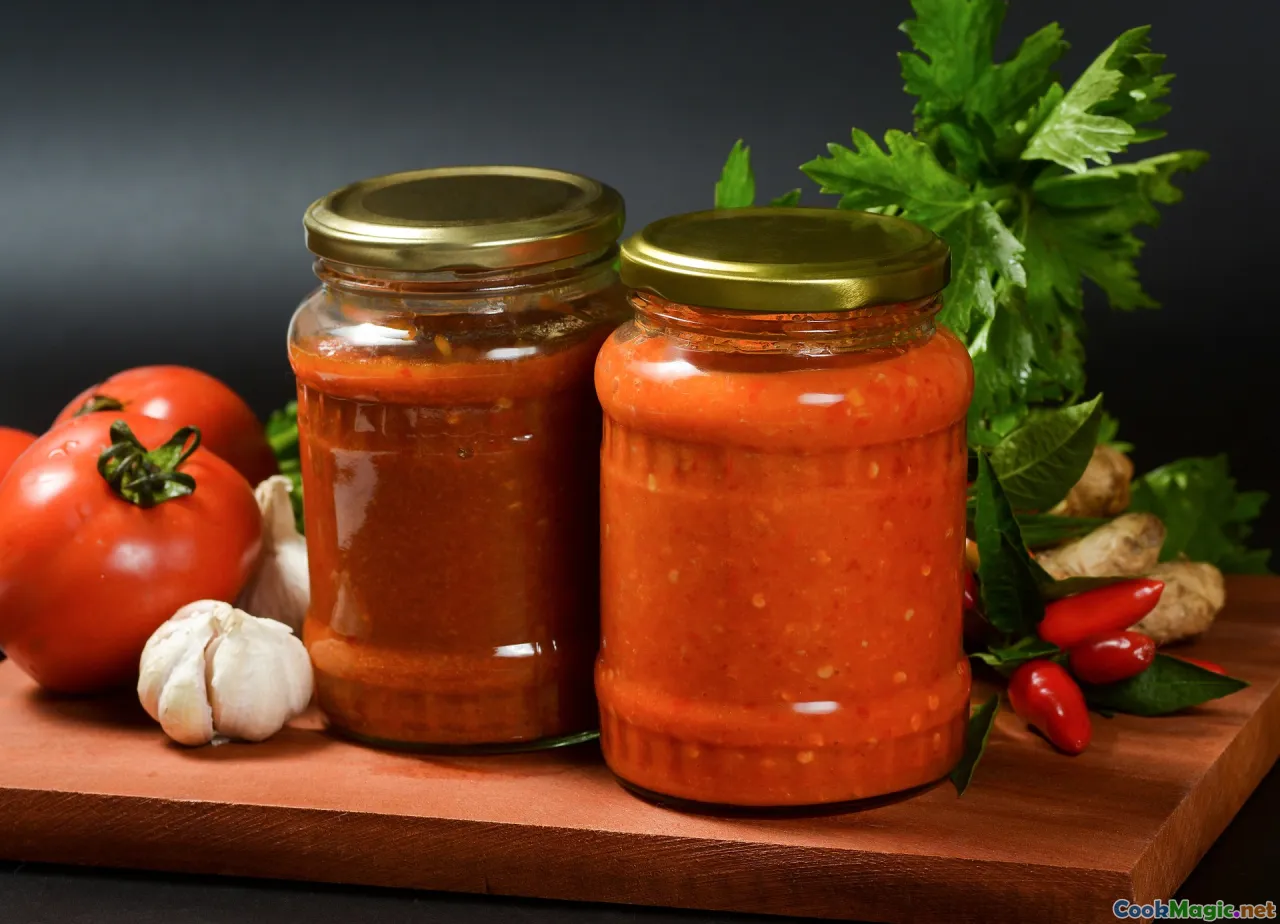
If you’re curious and hungry, run these quick tests. You’ll feel the roles of native and imported ingredients immediately.
- Coconut cream baseline
- Spoon full-fat coconut cream into a bowl. Taste a half-teaspoon by itself: note sweetness and a light, mouth-coating feel.
- Add a pinch of salt and taste again. The cream’s sweetness perks up; the coconut becomes more articulate. Salt, often imported in granular form, is a small but profound import that sharpens native fat.
- Root sweetness arc
- Steam two slices each of taro, yam, and breadfruit until tender.
- Taste them plain. Note taro’s delicate nuttiness, yam’s denser sweetness, breadfruit’s chestnut vibe.
- Dip the second slice of each in coconut cream. See how the cream creates harmony, smoothing edges.
- Now add a drip of lime to the third slice: the starches jump forward; the flavor wakes. Acid from imports brightens the native base.
- Chili’s metronome
- Make a small pan of island cabbage sautéed quickly with coconut oil and garlic.
- Split into two bowls. Leave one plain; dot the other with sliced fresh chili or a spoon of chili oil.
- Taste the plain bowl first—silky, green, mild. Now taste the chili-spiked bowl—it feels faster, more animated. Heat acts like tempo.
- Cassava’s chameleon act
- Grate cassava, season with salt, and form two small patties.
- Pan-fry both in a neutral oil until golden. Top one with a spoon of coconut cream and chopped spring onion; top the other with soy sauce and chili.
- The first topping pulls cassava toward island softness; the second thrusts it toward sharp, savory edges. Same starch, two destinies.
- Fish two ways
- Take two small fillets of white fish. Steam one atop banana leaves with coconut milk and a few slices of ginger. Pan-sear the other in a little oil, then splash with lime and soy.
- The steamed fish will be soft, perfumed, and quite gentle; the seared fish will be bolder, salt-forward, and zesty. Neither is ‘truer’; both tell a different truth.
Respecting kastom while embracing change
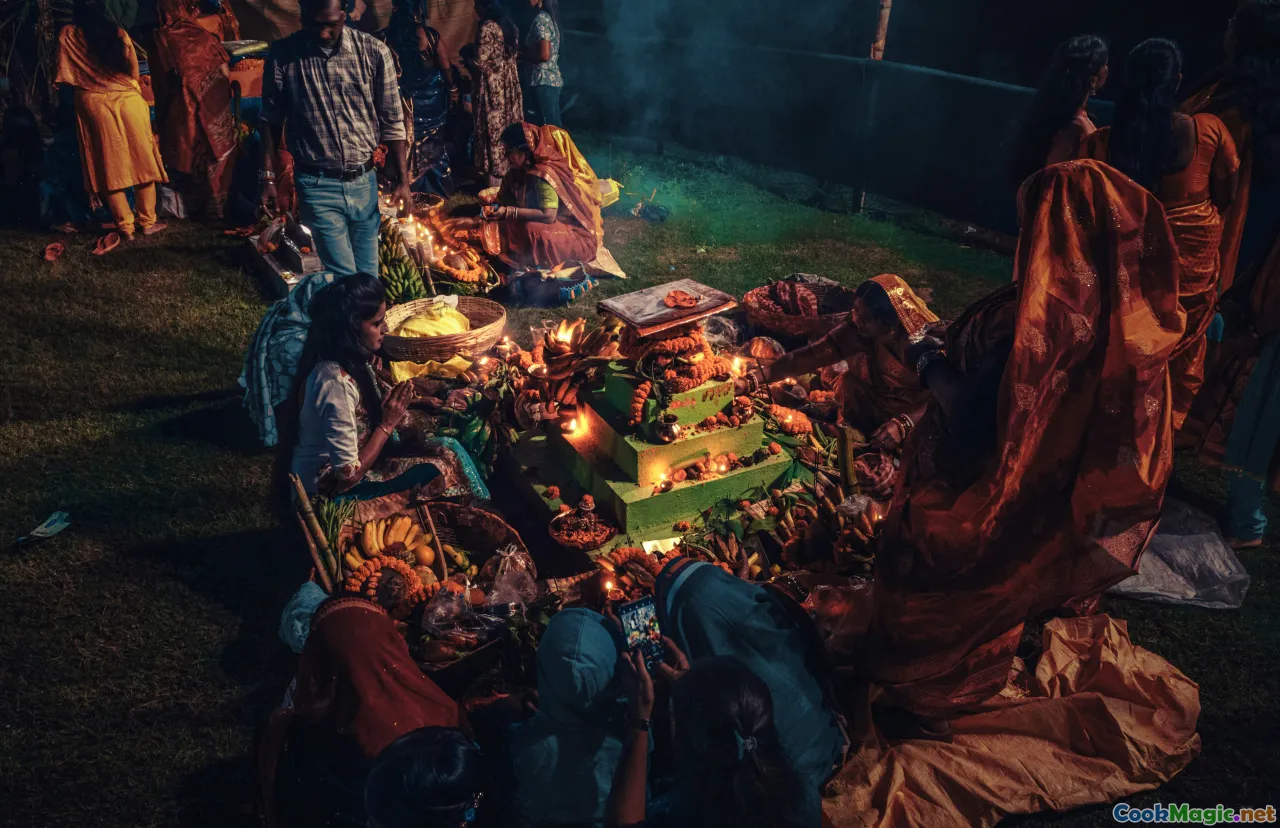
In Vanuatu, food is not just fuel or flavor; it is a language of respect. Kastom—customary values and practices—guides who eats what and when, how a pig is dressed for a ceremony, how laplap is shared, how a nakamal gathers as day dissolves into stories.
When we talk about imports, we must hold this respect. Convenience can flatten heritage; too much salt can mute the voices of taro, breadfruit, and green banana. But change is not the enemy of identity. The island has always been a confluence. Austronesian voyagers carried their plants and animals as their hearts carried their songs; later ships added more. Today’s choices—what to cook, what to buy—are yet another tide.
I’ve sat in feasts where laplap anchored the center, pig was presented with ceremony, and then, at the edge, there was a tray of fried cassava balls dusted with sugar. Children ran first to the cassava balls, their laughter giddy and sugar-bright. Afterward, they drifted back to laplap, tearing it with fingers, dipping in coconut cream. The old and the new coexisted in the most honest way: on a plate, in a family’s appetite.
Respect, to me, means learning the old techniques, calling native ingredients by their names, listening when elders explain why banana leaves must be warmed before wrapping. It also means acknowledging that a bottle of vinegar can rescue a thin soup on a rainy night, and that Tanna coffee has become an island’s pride.
Notes from a rainy night in Malekula

On Malekula, on a night when the rain came down like it had all the time in the world, we cooked by the light of coals. The house smelled of woodsmoke and peeled taro, of wet leaves and the slightly metallic tang of the river. We were making simboro—greens wrapped around grated taro, simmered in coconut—while a laplap baked in the ground.
The grandmother, her hands permanently perfumed with coconut, added something I hadn’t seen before: a handful of toasted nangai nuts crushed with the flat of a knife. The room went quiet for a moment as the smell lifted—warm, nut-buttery, with a rainforest echo. Later she handed me a small jar of chili in oil she’d received from a relative in town. We dotted the simboro with it sparingly. One child held a slice of lime the way one holds a precious coin, squeezing it over his plate with solemnity.
We ate cross-legged, passing bowls, some people favoring the chili, others staying with the plain. The laplap was cut into squares with a knife so old its handle had gone smooth as river stone. It steamed like a small cloud. Then someone brought out a bag of store-bought biscuits and, to general applause, dipped them into leftover coconut cream. The rain kept playing steady music on the roof.
I went to bed tasting all of it at once: the laplap’s mossy calm, the simboro’s nutty sweetness, the sudden sparks of chili and lime, the silly crunch of raspberry-flavored biscuits softened in coconut cream. If you had asked me in that moment to declare a winner—native or imported—I would have told you the winner was the rain, and the way it made every flavor more itself.
Sourcing and cooking notes for travelers and cooks

If you’re traveling in Vanuatu or cooking from afar, a few practical tips can help you taste the full spectrum.
- Market etiquette: In Port Vila and Luganville, bring small notes and coins. Ask before touching; point, smile, and let the vendor handle the produce. If you want a specific variety—say, a breadfruit that’s perfect for roasting—ask for one that’s ‘just turning’ and listen for advice.
- Roadside grills: Look for smoke. If you see a roadside grill near dusk, there’s a good chance you’ll find fish, chicken, or Santo beef. Don’t be shy about asking for lime or chili; often they’re tucked behind the stall.
- Banana leaves at home: If you can’t find banana leaves, use parchment to wrap, then nestle in cabbage leaves for a touch of green aroma. It’s not the same, but the idea of enclosed, steaming heat shines through.
- Coconut savvy: When using canned coconut milk, shake well and consider blending briefly for a consistent texture. Freshly grated coconut is best, but if not available, add a spoon of coconut oil to canned milk to restore some fragrance.
- Respect the soft: When cooking with taro or yam, don’t push toward crispness if the dish is meant to be soft. Let the starch speak in the soft register—it tells the story more truthfully.
Why this all matters (and why it tastes so good)

Taste is memory disguised as chemistry. A bowl of laplap is not just starch and fat; it’s the presence of people who gripped the same grater before you and the tree that pulled sweetness from salt air. A squeeze of lime is not simply acid; it’s a hand reaching across oceans to hand you a new angle on an old love.
When we contrast imported versus native ingredients in Vanuatu cuisine, we’re not scoring a match. We’re reading how a place accepts what arrives and honors what already is. We’re noting the shifts in tempo—how chili can snap a lullaby into a dance, how coconut can turn a bright shout into a warm hum. We are watching a food culture practice its balance every day at market stalls, in roadside smoke, in family kitchens where grins and teasing may adjust the seasoning as much as salt does.
I carry with me the feeling of that first hot tuluk torn open, steam rushing against my face, cassava tugging against my teeth, pork melting into salt and sweetness. Cassava might have come on a ship, but the hands that folded it into leaf and the fire that set it—the laughter around the table—those are rooted in place. In the end, what matters is how the island eats together: palms gleaming with coconut, lips tingling with chili, eyes bright in the lamplight.
If you come to Vanuatu, eat widely. If you’re cooking from far away, cook deliberately. Give the native ingredients room to be generous; let the imports do their bright work without stealing the show. There is a moment, always, when the dish becomes more than the sum of its histories. It’s the first bite after the rain when the air is a gift and the roof drums overhead and everyone leans forward at once. That’s the taste I chase. That’s the taste that lasts.









